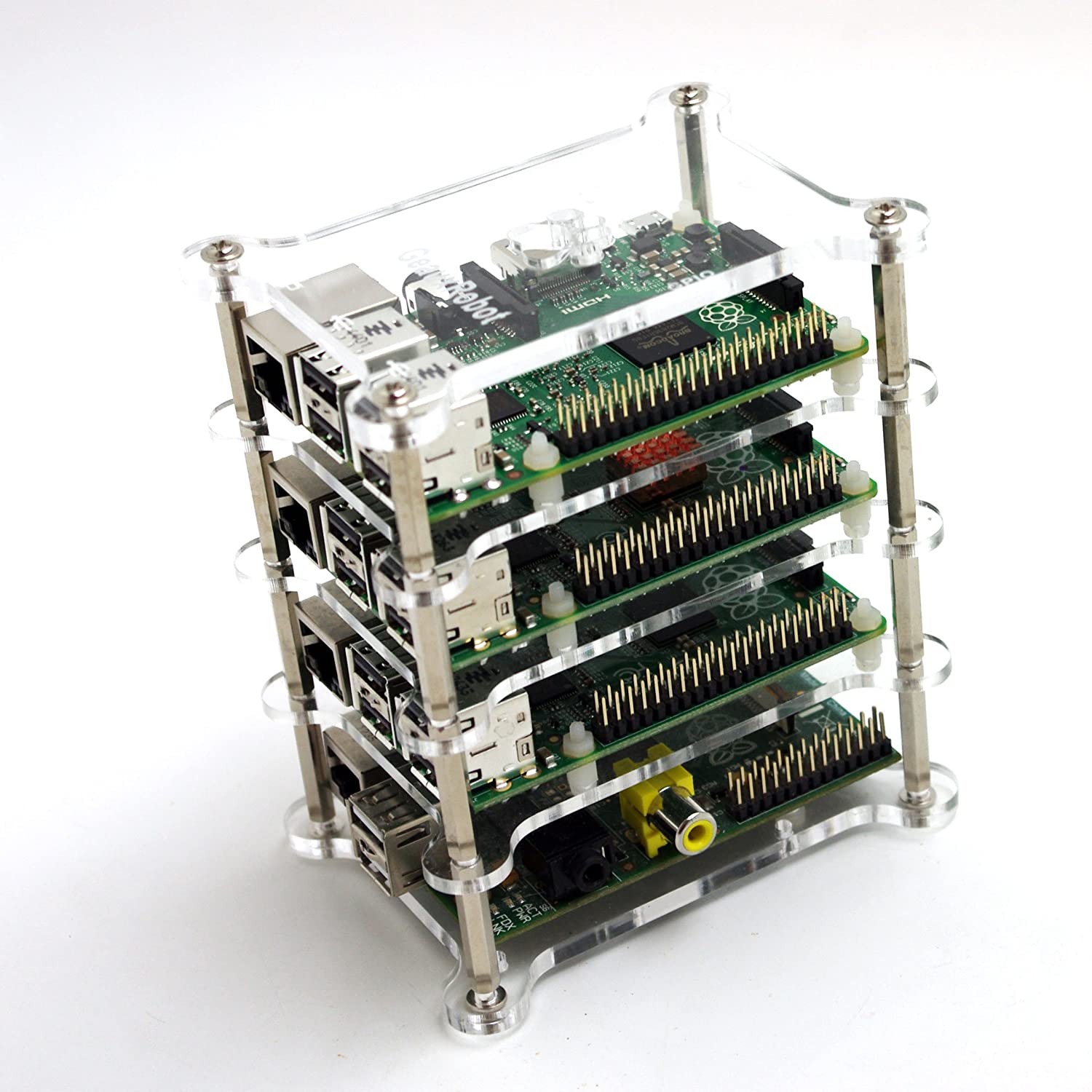
Since the US Postal Service handles paper mail deliveries, it can serve as an information gathering arm of US Government spying operations. That is, as mail traverses the USPS system, the Government can collect data on who communicates with whom.
That is - you drop a letter in the mail for Grandma. It's full of heartfelt goodness, and your private thoughts. But that letter is in an envelope, and is given to a Government Agency for delivery. Yes the USPS has a good reputation (mostly) but we have to examine this objectively. The USPS must route that letter to its destination, and given the current political climate (so-called Conservatives looking to destroy the government in the name of fighting Big Government) the USPS budget is kept small, and therefore the USPS has had to develop an ingenious automated mail routing system.
Namely, that system takes a picture of the envelope of every piece of mail. It then scans that picture looking for the delivery address, and uses whatever data it finds to automatically route the mail to its destination. Any mail it cannot determine the delivery address must be handled by a human.
The key is -- USPS machines take a picture of every piece of mail, and collects address information. While this is useful for the stated purpose of the USPS, it is also useful data for spy agencies.
Namely, spy agencies want to know who-talks-with-whom. If they've identified a dangerous person, spies want to know their associates to determine who else might possibly be dangerous.

That image is of a typical piece of mail, and it includes a machine-readable barcode.
In order to streamline its operations, the USPS has an automated to scan the envelope and look for the delivery address. Having a machine-readable bardcode makes that task much easier. Automatically capturing the delivery address of course enables automated sorting machines, to automatically send the mail to its destination at lower cost.
Of course not all mail will include this barcode. The USPS is strongly pushing this barcode standard on its Postal Pro website, with the primary target being corporate mail (bills, advertising, etc). For example, the USPS offers a free service,
Informed Visibility (IV), for automated tracking of mail marked with a conforming barcode.
Mail that does not include a machine-readable barcode, the USPS's sorting machines would have to rely on image processing, text recognition, etc. The software industry has been making huge strides in Artificial Intelligence, Machine Learning, and similar technologies.
One side effect is more powerful capabilities to automatically recognize objects and derive information. Surely the USPS is looking into using those techniques (or already has) to automatically scan the mail.
Another example showing that the USPS scans all mail is the Informed Delivery service. To the consumer, they're able to sign up for Informed Delivery and then receive, in their e-mail, a scan of all mail before they receive it. Presumably the gain to the consumer is to know if/when their mail is stolen from their mailbox.

Notice that in this slide it says "The USPS uses existing processes to gather digital images of the exterior of letter-sized mailpieces that are processed through automation equipment." Ergo, the USPS already had a system to gather and found a way to expose some value to the customers.
Who else can tap into this information? Do government agencies share information like this?









